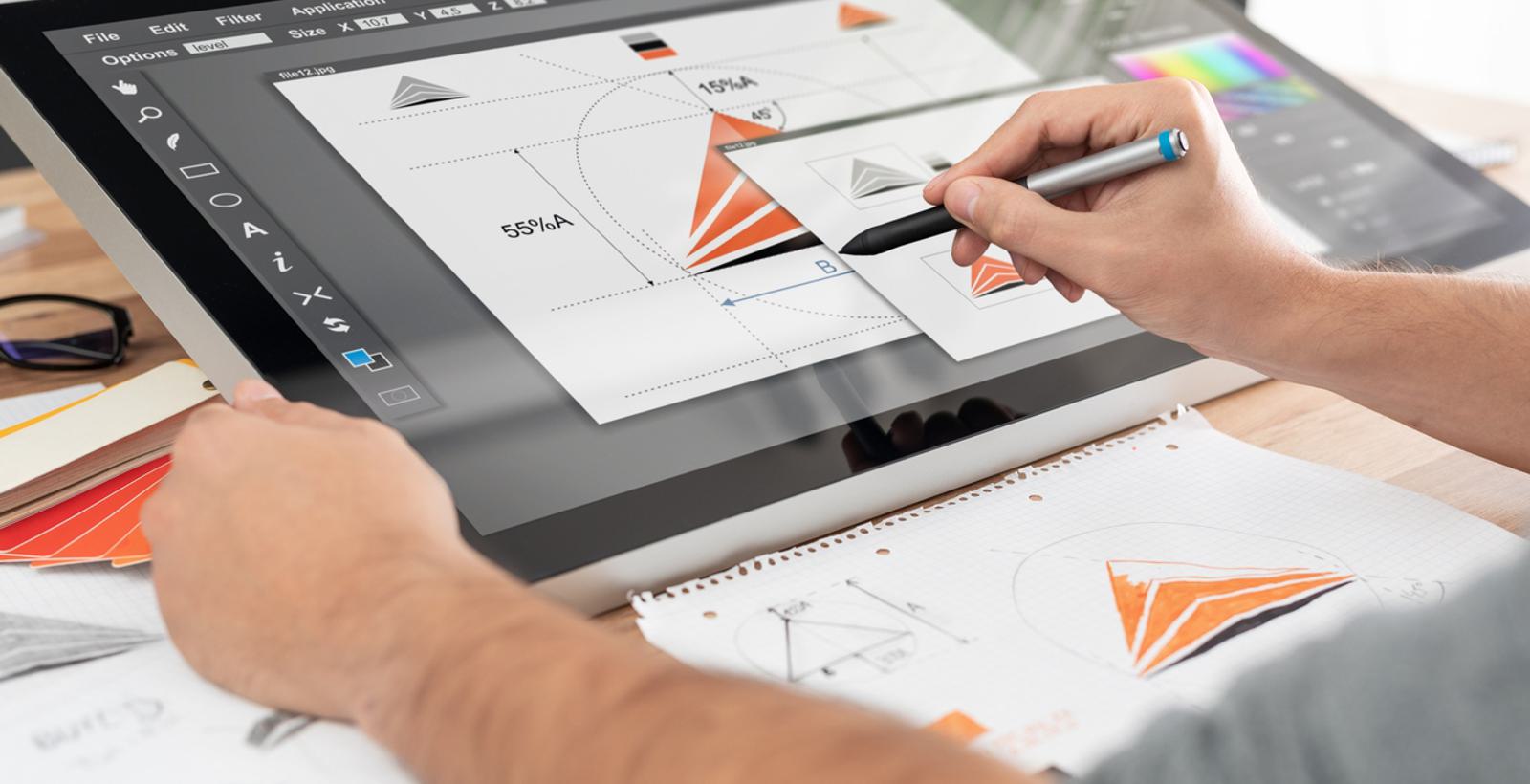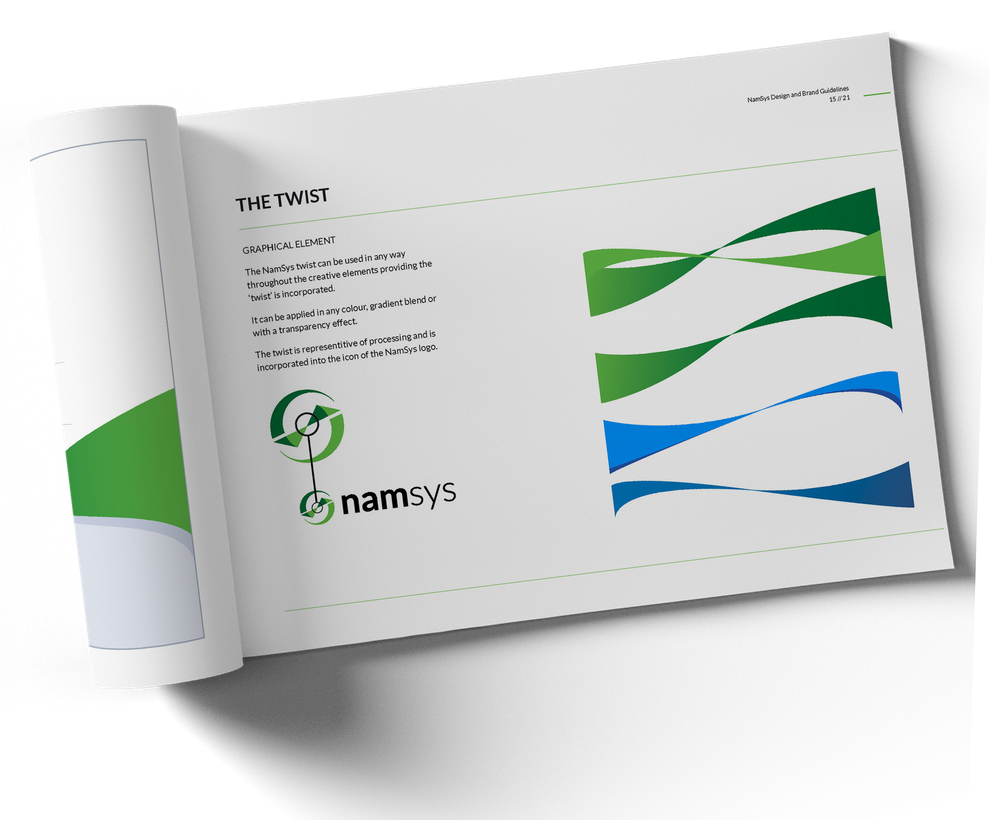Building brand identity in B2B
Brand identity is far deeper than a flashy logo or slick packaging. It’s about how your audience feels about your brand.

Nike. Apple. McDonalds. Starbucks.
Your mind probably conjures up the logo of these mega-brands when you hear them, but it also evokes the feeling you have towards that company whether it’s positive, negative, or somewhere in between.
This is the “brand” of a company or organization: the perception of the company in the eyes of the world. Brand identity is the collection of all elements a company creates to portray its brand to the consumer, such as the company’s website, marketing strategies, emails, and logo.
That’s why it’s so important to get it right. Great brands aren’t built overnight – it takes in-depth planning, careful design, and consistent execution for an organization to build its brand into one customers and clients will remember long after the sale or conversion.
Talk it out
It doesn’t matter whether an organization is B2B or B2C – branding is the first step in the marketing process, and it starts with an important discovery session and conversations about the organization’s values and mission.
“Discovery sessions are about asking the right questions and probing to understand the internal feelings and desires of the key stakeholders,” says Jeanette Thompson RGD, Marketing and Brand Strategist at Motum B2B. “From listening in that exercise, we learn how the company wants people to perceive them. Then the exercise is about crafting visuals to match, because they have to live and breathe that brand identity internally as well. There's internal brand and there's external brand, and they have to work together.”
There are a few key questions that should be asked in these discussions, including:
- What is our mission?
- What are our values?
- If our brand was a person, what kind of personality would we have?
- What makes us different or unique?
- How would we describe ourselves in 3 words?
Establishing a strong brand from the get-go is important, as it has a lasting impact on your audience and the capability to build brand loyalty. About 88% of consumers say they’ll stay loyal to a brand that emphasizes quality, and 72% will stick around for strong customer service.
On the flipside, 63% say they have engaged with negative brand content, with 50% saying they’re unlikely to read that brand’s content again, and 23% will not read it ever again.
Crafting an identity
The discovery session is a great first step in the branding process. Once you’ve determined your brand, you can start thinking about the visual aspects of your brand, or the brand identity. These elements include your logo, social media presence, packaging, and website – basically any visual element that represents your brand.
“Colours, fonts, styles, shapes. All those elements play a role in the building blocks that create a brand identity, but they also have to match up to the tone and the voice,” says Thompson. “You want the brand identity to be representative of the core values and vision of the company.”
In some cases, an organization may not be looking for an entirely new brand – they might just be looking to update their identity to improve their image or keep up with trends.
Here at Motum B2B, we crafted an updated brand identity for NamSys, a well-established fintech software company.

We helped update their brand’s aesthetic while preserving their history and foothold in the industry. To do that, we refreshed their logo design to represent the company’s values with meaningful symbolism, combining images of coins, paper money and two twisting arrows to represent the concept of cash flow. We also incorporated hues of Canadian currency to reflect their Canadian roots.
Let’s talk logos
The logo is the most identifiable part of a brand, found on everything from the website to products, business cards, packaging and everything in between. The logo should align with the brand’s look and feel as determined in the discovery session.
For example, you probably wouldn’t use sharp edges or aggressive fonts in a logo for a baby’s toy company. Likewise, a heavy-metal band would probably stay away from pastel colours and bubbly fonts.
A company with a family of similarly branded products, known as a branded house, may opt for variations of their logo to match their product offerings (think the Microsoft Office product suite or Virgin Group). A house of brands, on the other hand, is a group of unrelated brands owned by a parent company (Procter & Gamble, for example).
Graphic designers usually have a fair degree of freedom when designing a new logo and can use their creativity to make use of negative space (such as the arrow in FedEx) and incorporate symbolism into logos (such the Burger King logo’s resemblance to burger).
While there’s no formula for a perfect logo, there are some pitfalls to avoid.
“A good logo works everywhere, whether it’s small, large, reversed, in colour or black and white,” says Thompson. “If it doesn't function in any of those situations, then that's not a good logo.”
Lasting impressions
Brand identity and logos are an extension of your brand and the feelings you want your customers or clients to feel about you. Cultivating a positive and strong brand will take time, but with a little bit of TLC and some branding experts in your corner, it’s an investment that will pay off for many years to come.
Here at Motum, we take branding and design very seriously – it’s a core component of what we do, whether we’re crafting content, building web pages or designing email campaigns.
“When you think of a brand, you intuitively connect it to a feeling, so if the logo and brand identity is doing that, then it's well done,” says Thompson. “Here at Motum, we do a great job of listening to our clients and gaining a deep understanding of what it is that they need, and then providing a solution that will help them get where they want to go.”
Interested in building or evolving your brand? Get in Touch